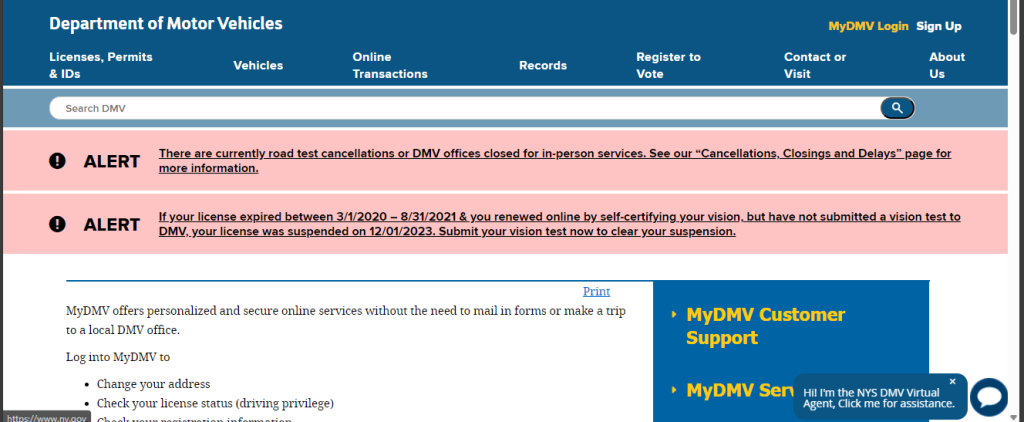Identifying fake websites

In this instance, the domain name is “secure-site.com,” not “paypal.com,” despite the appearance of the latter in the URL. Additionally, the website uses PayPal’s authentic logo and branding and does not utilize Hypertext Transfer Protocol (HTTP).
Real PayPal:

This used Hypertext Transfer Protocol and also doesn’t use a domain host for the URL.
DMV

This specific fraudulent website was involved in a broader scam via text messages impersonating the Department of Motor Vehicles (DMV). Perpetrators sent messages under the guise of the DMV, intimidating victims with threats of license revocation unless they provided personal information for “verification.”

The authentic DMV website is located above. It’s important to note that official websites typically do not request verification of personal information. However, if such a request is made, it’s advisable to directly visit the website rather than clicking on any provided links.
vivobarefoot
Fake shopping websites often have domain names that are newly registered, often timed to coincide with popular holidays or major shopping events. In contrast, a simple check of the legitimate company’s domain registration history shows it has been in existence for over 18 years, consistent with its status as a well-established brand. Conversely, the fraudulent website’s domain registration history indicates it is significantly newer

Several free online tools are available to help you determine the age of a website, such as WHOIS. Additionally, you can utilize Google’s free Safe Browsing Transparency Search to assess the trustworthiness of a website.

Leave a Reply